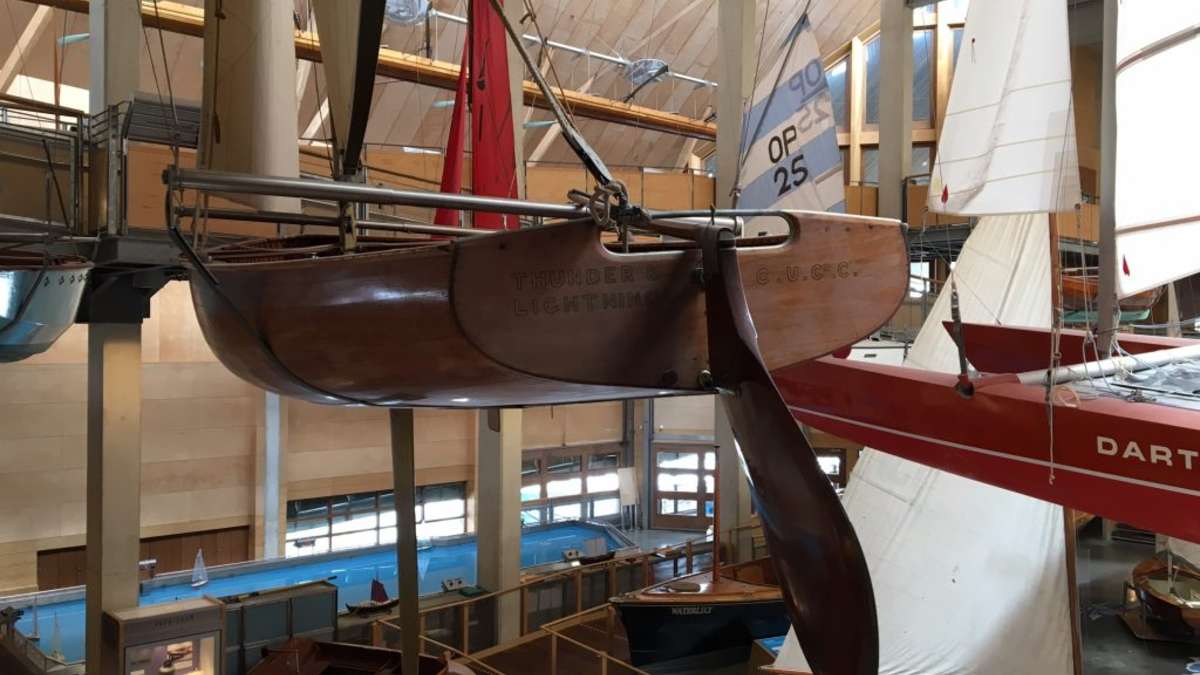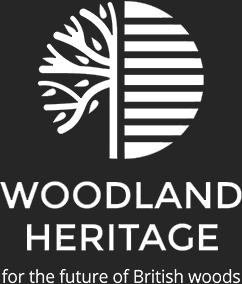
Ross Weir, a keen boat enthusiast approached us for Elm timber to make good and repair this fabulous old racing dingy – Uffa Fox 14 of which he had just taken ownership. Repaired with plywood one side of the hull was in very bad shape. The previous owner had taken this away leaving three big holes that needed a lot of work to patch. Ross required a timber with flexibility but also strength, suitable for bending of the inner ribs. Delighted to be able to help Sutton Timber advised using elm strips for the restoration. Above you can see the hull of K408, clearly in need of some tlc. Originally the ribs measured 3/8” x 1/4” so extremely thin. Just over three metres of elm was needed to create approximately 30 feet of 15mm strips. A labour of love! This will be the first step in the restoration of the superstructure before the mahogany veneers are reapplied.
Built in 1938, the dingy would have been cold moulded on a steam bent elm superstructure of thin ribs then copper nailed with a couple of thousand clenches. The hull is built of two thin veneers; diagonal internally and fore and aft externally, stiffened by tiny rock elm frames. All fastened with thousands of copper nails.
A boat built to much the same spec as this boat the K408 is housed in The National Maritime Museum in Cornwall. The restored boat K409 is just about the most famous racing dinghy there is. Thunder and Lightning was the first to race with a trapeze for the sailors to hang off the boat, giving a significant advantage. A real technological step forward at the time (1938). Originally known as King George’s Jubilee Truss, it was immediately banned by the Yacht Racing Committee on the grounds that it was unsporting and gave an unfair advantage to its users!
Ben Sutton commented. ‘We have a very diverse range of clients requiring timber for projects great and small. We enjoy supplying ventures such as this, but also being involved, albeit in small part, in such an interesting renovation. I hope Ross will be back on the water soon!’

